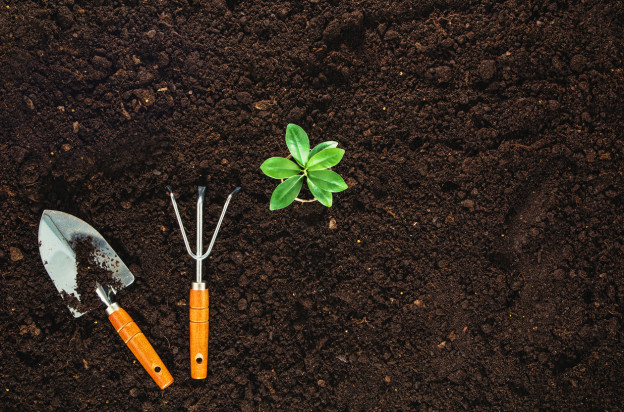It’s always exciting to see our gardens wake up once again after a long winter slumber. Spring is an active season for plants and gardeners in the UK. It’s a great time to inspire the next generation of gardeners to get outside and lend a hand to start growing their own flowers, fruit and veg.
Spring is a time for sowing seeds, watching wildlife and maintenance in the garden. A cool breeze may be lingering, but the garden still needs tending. We’ve put together the following guide, which lists child-friendly jobs, planting and activities by month to help your whole family enjoy your garden space.
March
Spring has sprung, busy days have begun!
Jobs to help with
Regular bug watches! Keep an eye out for slugs and snails
Cover bare borders with good quality topsoil
Rake up leaves and stick them in your compost bin
What to plant
It’s time to get summer bulbs in pots for summer colour
Sow herb seeds thinly in a tray or large pot
Sow lettuce seeds early indoors
Clear an area for wildflowers then spread a wildflower seed mix
Clear weeds to sow hardy annuals, like ‘Ladybird’ poppies
April
Prepare for April showers and sunshine
Things to do this month
Dig in a 5cm layer of good quality topsoil along borders
Help plant hanging baskets with bright blooms
Keep on top of weeds! Spread woodchip if needed
Continue your good work
Plant herb seedlings into separate pots or into the soil
Water your newly-planted fruit trees regularly
Add a soil conditioner before summer planting
Tie tomato plants to stakes for straight growth
Look out for frogs and frog spawn in the pond
May
A marvellous month for green fingers!
Now’s the time to
Find a good soil conditioner to break up heavy soil
Begin picking lettuce leaves for lunch!
Bundle herb sprigs into drawers for freshly-scented clothes
Spring sowing and planting
Sow sunflower seeds in a sunny spot outdoors
Pick a spot on a fence or wall for wallflower plants
Plant delicate indoor seedlings outdoors
Gather the first flowers of spring into a lovely bunch
3 ways to attract wildlife into the garden
Make a dark, warm hedgehog hotel using a wooden crate filled with leaves left turned upside down, with a small air hole and an entrance.
Place a small strip of carpet, or any other thick fabric, along a border to attract slow-worms. Often mistaken for baby snakes, these lizards are becoming an increasingly rare sight in the UK.
Create a makeshift bird feeder by stuffing melted fat or lard (an adult must be present) peppered with nuts and seeds. Finally, attach some rope to the container and hang it from a tree that is in plain sight from your house.
Make your garden look and feel great in time for spring with a nutritious topsoil and soil conditioner. All our premium grade topsoils and loams are blended using high-quality natural soils, selected sands and grits and organic compost from known sources, using local materials where possible. If you would like to place an order, visit our topsoil delivery information page.

